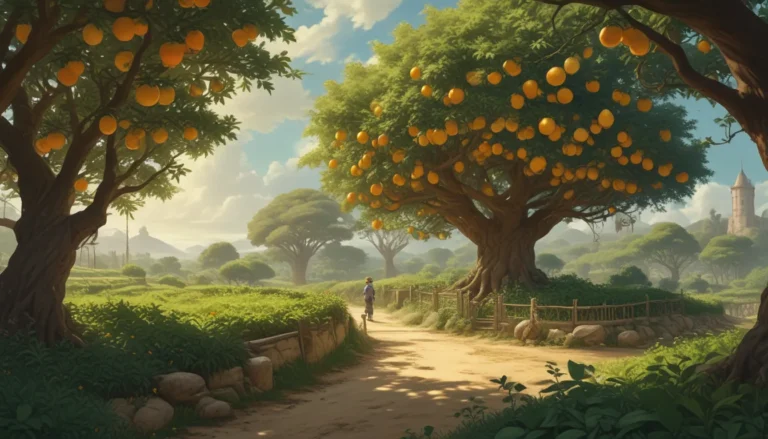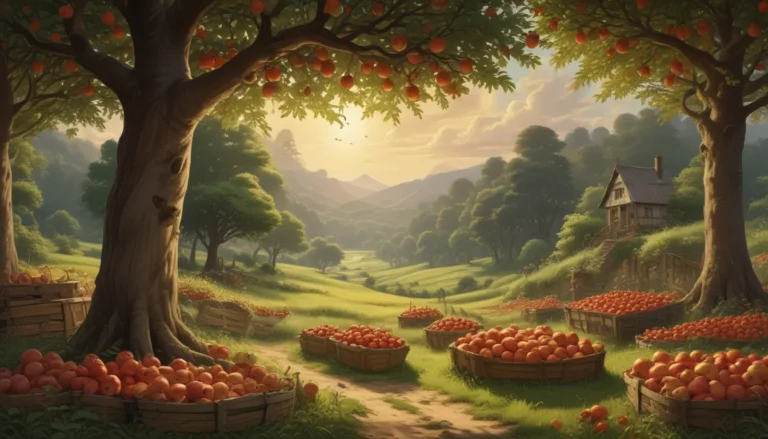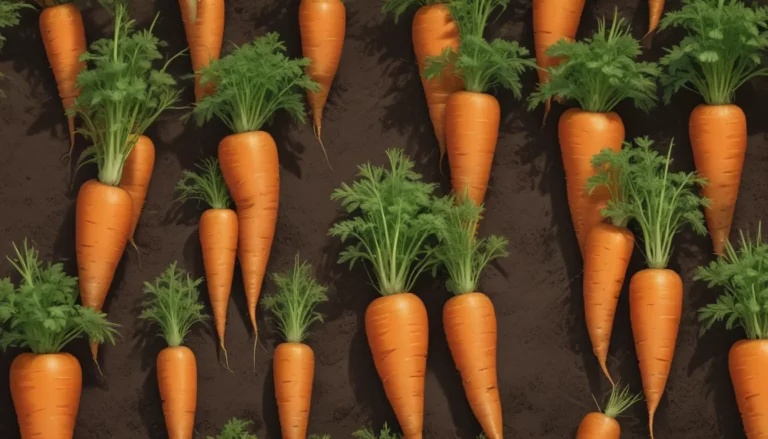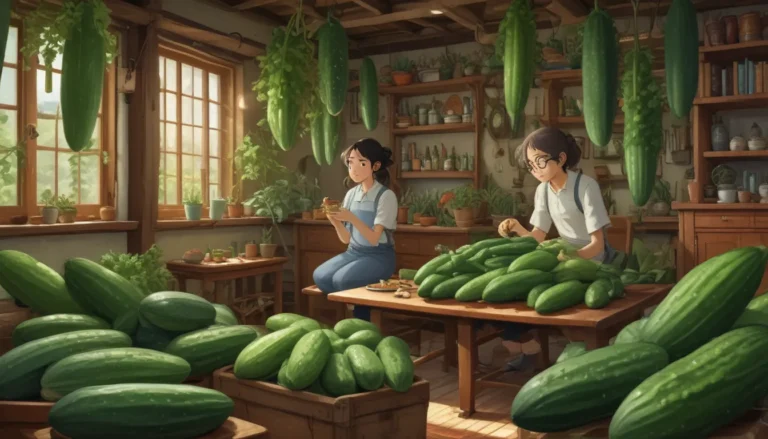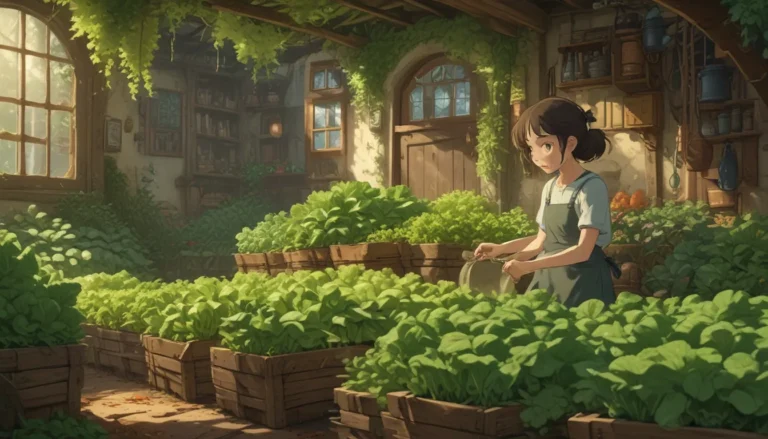A Comprehensive Guide to Harvesting Garlic

If you’re a garlic lover like me, you know how essential this flavorful bulb is in the kitchen. Not only does it enhance the taste of many dishes, but it also offers numerous health benefits. The good news is that growing your own garlic is easy and rewarding. Having a stash of fresh, heritage bulbs in your winter pantry is a joy for any home gardener.
In this comprehensive guide, we’ll delve into the fascinating world of garlic harvesting. From knowing your garlic varieties to understanding when and how to harvest this pungent herb, we’ll cover everything you need to know to ensure a successful harvest.
Let’s get started by exploring the different aspects of garlic harvesting:
What You’ll Learn:
- Know Your Varieties
- Consider the Time of Year
- How to Read the Leaves
- Bulb Harvest Tips
- Curing and Storing
- Harvesting Scapes
- Harvesting Spring Garlic
- Reap the Rewards
Know Your Varieties
Garlic belongs to the Allium genus, which includes a variety of species such as chives, leeks, onions, scallions, and shallots. For home gardeners, it’s essential to understand the two subspecies of garlic: hardneck and softneck.
Hardneck
Hardneck garlic varieties, also known as ophio, stiffneck, or topneck, include Asiatic, Creole, Glazed Purple Stripe, Marble Purple Stripe, Porcelain, Purple Stripe, Rocambole, and Turban types. These varieties are known for their flavorful, easy-to-peel bulbs and are typically planted in regions with cold winters.
Hardnecks produce a rigid seed stalk, or scape, in late spring, which should be removed before the flowers open to redirect the plant’s energy into bulb growth. It’s important to remove scapes at the right time to ensure the development of large, healthy bulbs.
Softneck
Softneck garlic varieties, such as Artichoke and Silverskin, are non-bolting types that thrive in areas with mild winters. These varieties have soft foliage that’s easy to braid for storage. Softnecks are often found in grocery stores due to their excellent storage life.
Understanding the differences between hardneck and softneck garlic varieties will help you determine the best harvesting time and techniques for each type.
Consider the Time of Year
Garlic plants are typically harvested in early summer, from mid-June to August, depending on your region and the varieties you’re growing. Factors such as spring emergence, summer temperatures, and moisture levels can impact the maturity of garlic bulbs.
Varieties like Asiatic and Turban types mature first, followed by Artichoke, Creole, and Rocambole varieties. Understanding the maturation timeline of different garlic varieties will help you plan your harvesting schedule accordingly.
How to Read the Leaves
Knowing when to harvest garlic is as simple as observing the leaves. For hardneck varieties, wait three to four weeks after removing the scapes until the leaf ratio is half brown and half green. It’s essential not to allow more than two-thirds of the leaves to yellow and brown, as each leaf contributes to the bulb’s protective tunic.
Softneck varieties have more stable wrappers that can tolerate a few more dead leaves. Harvest softnecks when one-half to three-quarters of the leaves have yellowed, ensuring that the bulbs are lifted before all foliage dies back.
Bulb Harvest Tips
To ensure a successful garlic harvest, water your plants evenly until most bulbs have reached maturity. Stop watering about a week before lifting bulbs to initiate the curing process, which prevents rot. It’s easier to lift bulbs when the soil is dry and crumbly, so avoid harvesting in wet conditions.
When lifting bulbs, loosen the soil around the roots and gently work each bulb out of the ground, taking care not to damage the tunics. Remove the roots and leave the papery tunics intact to enhance storage quality. Identify and set aside the healthiest bulbs for seed stock, ensuring a successful crop next year.
Curing and Storing
After harvesting, garlic bulbs need to cure before storage. This process helps remove excess moisture and enhances flavors. Softneck varieties can be stored for six to eight months, while hardnecks last three to five months at temperatures of 55 to 60°F.
Hardnecks can last up to seven months when stored a few degrees above freezing. It’s crucial to store garlic in a cool, dark, and dry environment to maintain quality. Follow detailed instructions on curing and storing garlic to ensure a long shelf life for your harvest.
Harvesting Scapes
As the growing season progresses, scapes appear on hardneck garlic varieties, usually in early to mid-June. These flower stems should be removed before the seeds develop, redirecting the plant’s energy into bulb growth. Scapes are delicious and can be consumed in various dishes, adding a unique flavor to your meals.
Harvesting Spring Garlic
Spring garlic, also known as baby or green garlic, can be harvested early for its zesty leaves and small bulbs. These immature bulbs have a sharp flavor similar to scallions and are ideal for cooking. Harvest spring garlic in the early spring before the bulbs divide into cloves, and use the entire plant, including the immature bulb.
Reap the Rewards
Now that you’re equipped with the knowledge of when and how to harvest garlic, it’s time to enjoy the fruits of your labor. Planting and harvesting garlic can be a rewarding experience, providing you with a winter stash of flavorful bulbs for cooking and seed stock for future crops.
Have you harvested garlic in your garden? Share your tips and experiences in the comments below!
For more garlic-growing insights, explore the following guides:
- How to Plant and Grow Garlic in Your Veggie Patch
- The Three Ways to Propagate Garlic
- Tips for Growing Garlic in Containers
- 7 Reasons Why Garlic Leaves Fall Over
Garlic harvesting is a delightful art that combines culinary enjoyment with gardening expertise. As you embark on your garlic-growing journey, remember to savor the flavors and aromas of this versatile herb in your favorite recipes. Happy harvesting!
(Disclaimer: This article contains affiliate links. If you make a purchase through these links, we may earn a commission.)
